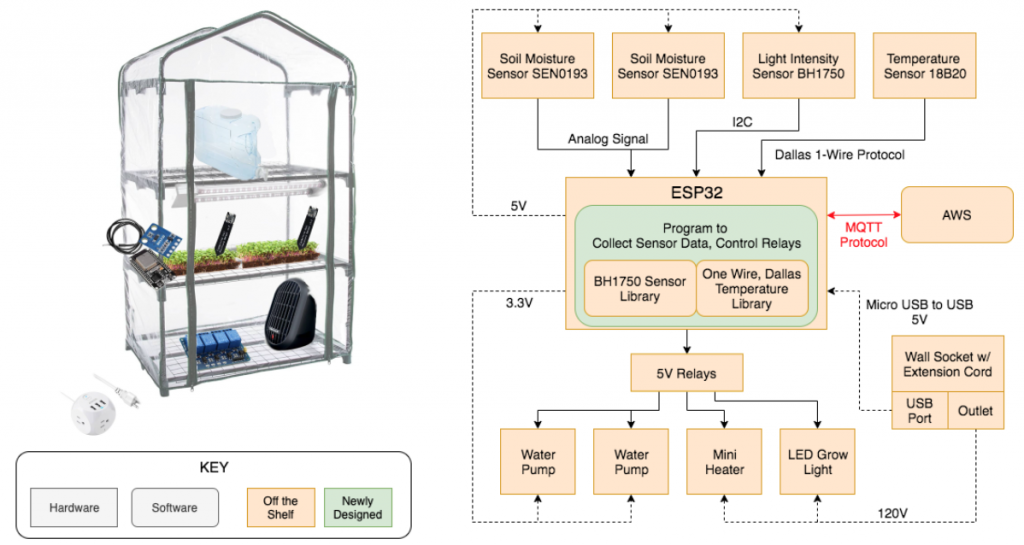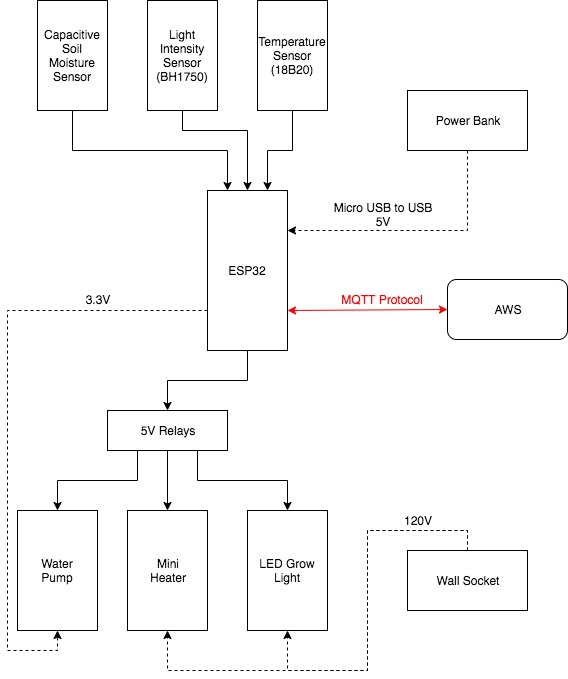This week, I continued working on web application development. I implemented our own login/registration functionality by using Django authentication. I had some trouble because the default authentication by Django only accepts the pair of username + password while it does not accept the pair of email + password. Because the users log in via Google OAuth2, using their email address, I might change the authentication settings in more detail to make the login parameters the same.
I also researched some more about AWS credits. It seems like EC2 costs the most so I would need to remind myself to turn off EC2 everytime I’m not testing/using the website once I deploy it. Moreover, for the notification/alert, it turned out there’s a website called Twilio that provides SMS API, so I’m going to use this API to send out notifications.
Lastly, as other team members did, I worked on the presentation by coming up with a more detailed block diagram and solutions for the web application component. I will also be the one to present next week so I have been practicing the presentation too.
Next week, I will start setting up DynamoDB and try to link the dataset to Django backend so whenever a user changes the parameters/value on the website, that data will be sent and stored within the database.




